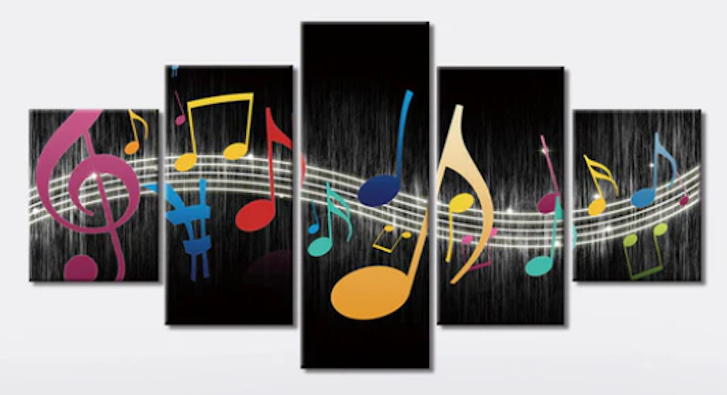
 |
|
|
|
The Evolution of Pop Music: A Journey Through Time: :Gypsy (Romani) Music: The History and Evolution of Gypsy (Romani) Music: "Gypsy music" is a broad and sometimes controversial term that generally refers to the music associated with the Romani people an ethnic group with origins in northern India who migrated to Europe centuries ago. Their music has evolved over time, mixing with local traditions and influencing many regional styles across Europe. This cultural blending has given rise to a wide variety of vibrant, emotionally rich, and technically virtuosic music forms, some of which have been labeled "Gypsy Blues" or "Gypsy Jazz." Here's a breakdown: 1. Gypsy (Romani) Music: The Roots Origins: The Romani people settled in various regions of Europe, including Spain, Hungary, Romania, France, and the Balkans. Their music absorbed elements from each of these areas. Characteristics: Highly expressive melodies. Complex rhythms and ornamentation. Use of instruments like violin, cimbalom (a hammered dulcimer), accordion, and guitar. A strong tradition of improvisation and emotional intensity. Regional Styles: Flamenco in Spain (particularly among the Gitanos). Hungarian Romani music, with its classical and folk blend. Balkan brass bands, with fast tempos and vibrant rhythms. 2. Gypsy Jazz (Jazz Manouche) Origins: France, 1930s. Pioneer: Django Reinhardt, a Belgian-born Romani guitarist. Key Features: Combines swing jazz with Romani melodies and rhythms. Acoustic instruments-especially guitar and violin-dominate. La pompe rhythm: a percussive guitar strumming style that drives the music. Emphasis on improvisation, virtuosic solos, and melodic phrasing. Influence: It's now an international jazz subgenre, celebrated at festivals and through players like Bireli Lagrene and Stochelo Rosenberg. 3. Gypsy Blues Less Defined Genre: "Gypsy Blues" is not as formally established as Gypsy Jazz. It often refers to blues-inflected music played by Romani musicians or to the blending of blues feeling (melancholy, soulfulness) with Romani melodic styles. Examples: Songs that fuse the 12-bar blues structure with Eastern European or Balkan modes. Performers who channel the emotive depth of the blues through Romani musical language. Stylistic Overlap: Like American blues, Romani music often tells stories of hardship and survival. Both are deeply expressive, relying on vocal and instrumental improvisation. 4. Modern Crossovers Today, artists continue blending genres: Fanfare Ciocarlia (Romania): mixes Balkan Romani brass with funk and jazz. Taraf de Haidouks: combines traditional Romanian Gypsy music with global influences. Gogol Bordello: punk-rock meets Romani rhythms. Jazz and blues musicians sometimes incorporate Romani elements into their work, and vice versa. |
|
|